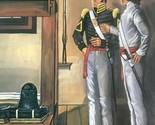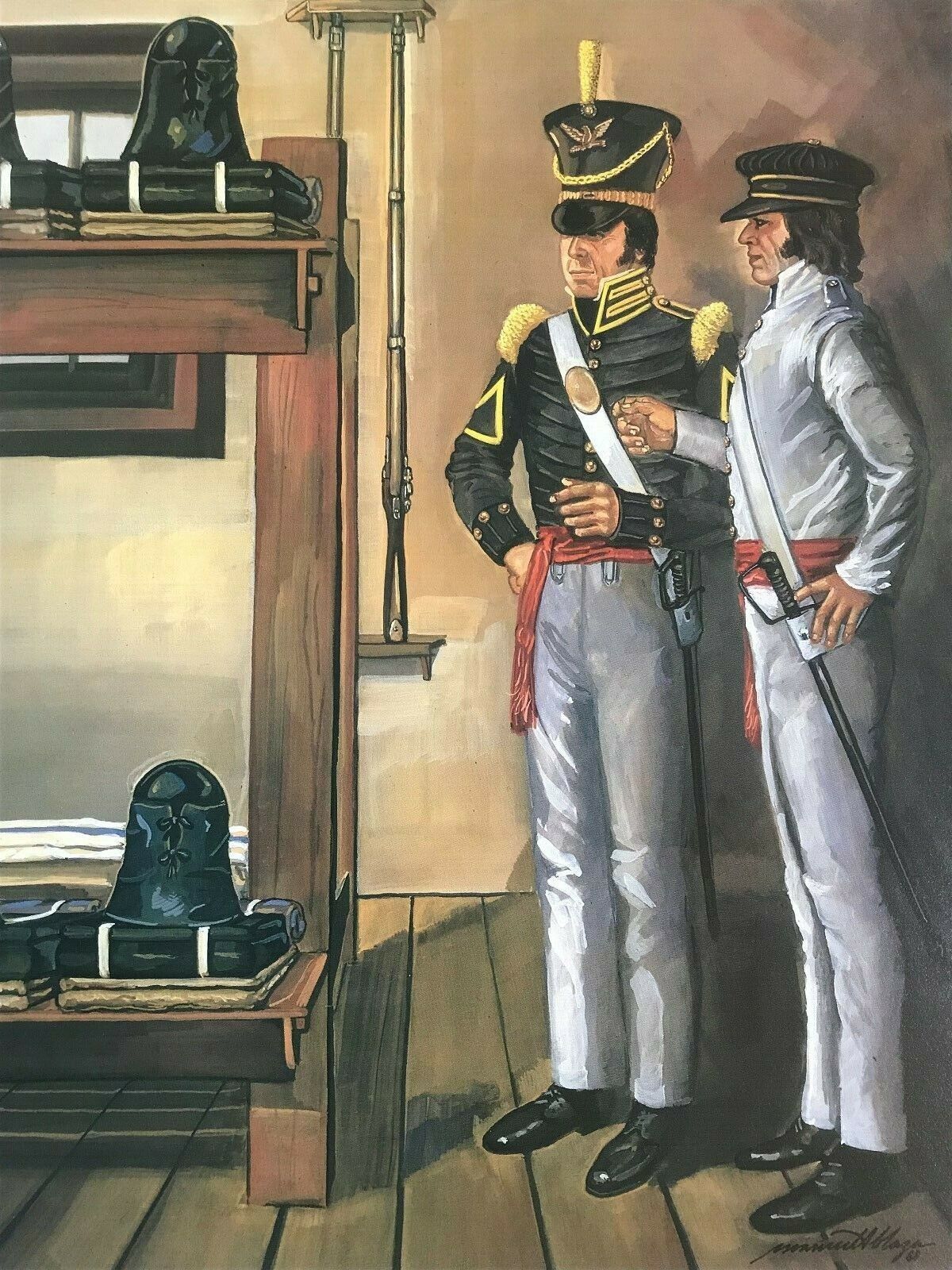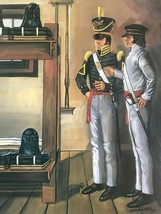Rendered at 21:29:48 05/17/25
THE NCO, IMAGES OF AN ARMY IN ACTION, PRINT, GUARDIANS, MISSOURI, 1820's
$584.69 MXN
Los buques de
United States

Las opciones de envío
Los buques de 1 business day Detalles
No hay precio de envío se especifica en MX
Los buques de
United States

La política de devoluciones
Full refund available within 30 days
Detalles
Protección de compra
Opciones de pago
PayPal accepted
PayPal Credit accepted
Venmo accepted
PayPal, MasterCard, Visa, Discover, and American Express accepted
Maestro accepted
Amazon Pay accepted
Nuvei accepted
Las opciones de envío
Los buques de 1 business day Detalles
No hay precio de envío se especifica en MX
Los buques de
United States

La política de devoluciones
Full refund available within 30 days
Detalles
Protección de compra
Opciones de pago
PayPal accepted
PayPal Credit accepted
Venmo accepted
PayPal, MasterCard, Visa, Discover, and American Express accepted
Maestro accepted
Amazon Pay accepted
Nuvei accepted
Rasgos del artículo
| Categoría: | |
|---|---|
| cantidad disponible: |
Sólo uno en stock, para muy pronto |
| Condition: |
New |
| Country/Region of Manufacture: |
United States |
| Type: |
Military Print |
Detalles del anuncio
| Las políticas del vendedor: | |
|---|---|
| Envío de descuento: |
No ofrece el envío combinado |
| Publicado en venta: |
May 1 |
| Artículo número: |
1743628396 |
Descripción del Artículo
THE NONCOMMISSIONED OFFICER, IMAGES OF AN ARMY IN ACTION, PRINT, GUARDIANS OF STANDARDS, MISSOURI, 1820's
Color print measures 16" x 20". Printed on heavy cardstock and suitable for framing.
This Military print will be shipped in a tube for its protection.
Barracks inspection, always a major NCO duty, was especially important in the early nineteenth century. Strict discipline and standards were vital for a small Army trying to preserve a sense of professionalism despite being scattered across a vast frontier. In spartan barracks the NCOs had to enforce the clearly defined rules issued by the War Department.
Here the regimental sergeant major and the first sergeant inspect the furniture and equipment in a typical small frontier post.
During the early 1820s the Army's regular regiments were scattered in small detachments across the frontier or in coastal fortifications, living in austere barracks. Four men slept in a double-tier bunk, two men on each level, sharing the straw-filled bedsack and blankets. The soldier had to use his knapsack to store all his possessions.
Regulations issued in 1821 provided a clearly defined set of standards for uniform dress which the NCOs used in evaluating their men. European styles still influenced the design of American uniforms, as seen in the high collar trimmed in worsted lace. The regulation specified a different color trim for each branch, including the buttons. The infantry, for example, wore white; the yellow seen here indicates artillery.
Because the "Bell Crown" leather cap could be an agony on hot days, a workman's style forage cap would be introduced in 1828.
By 1820, the wearing of a sash and a sword (here, an 1819 Starr Contract model) served as badges of rank only for first sergeants and above. The 1821 regulations
introduced to the uniform shoulder wings causing chevrons, rather than the traditional epaulets, to mark the uniform as that of a regimental sergeant major shown at the left. The summer fatigue dress worn by the company first sergeant on the right had no additional insignia.
Added to your wish list!

- THE NCO, IMAGES OF AN ARMY IN ACTION, PRINT, GUARDIANS, MISSOURI, 1820's
- 1 in stock
- Handling time 1 day.
- Returns/refunds accepted
Get an item reminder
We'll email you a link to your item now and follow up with a single reminder (if you'd like one). That's it! No spam, no hassle.
Already have an account?
Log in and add this item to your wish list.





